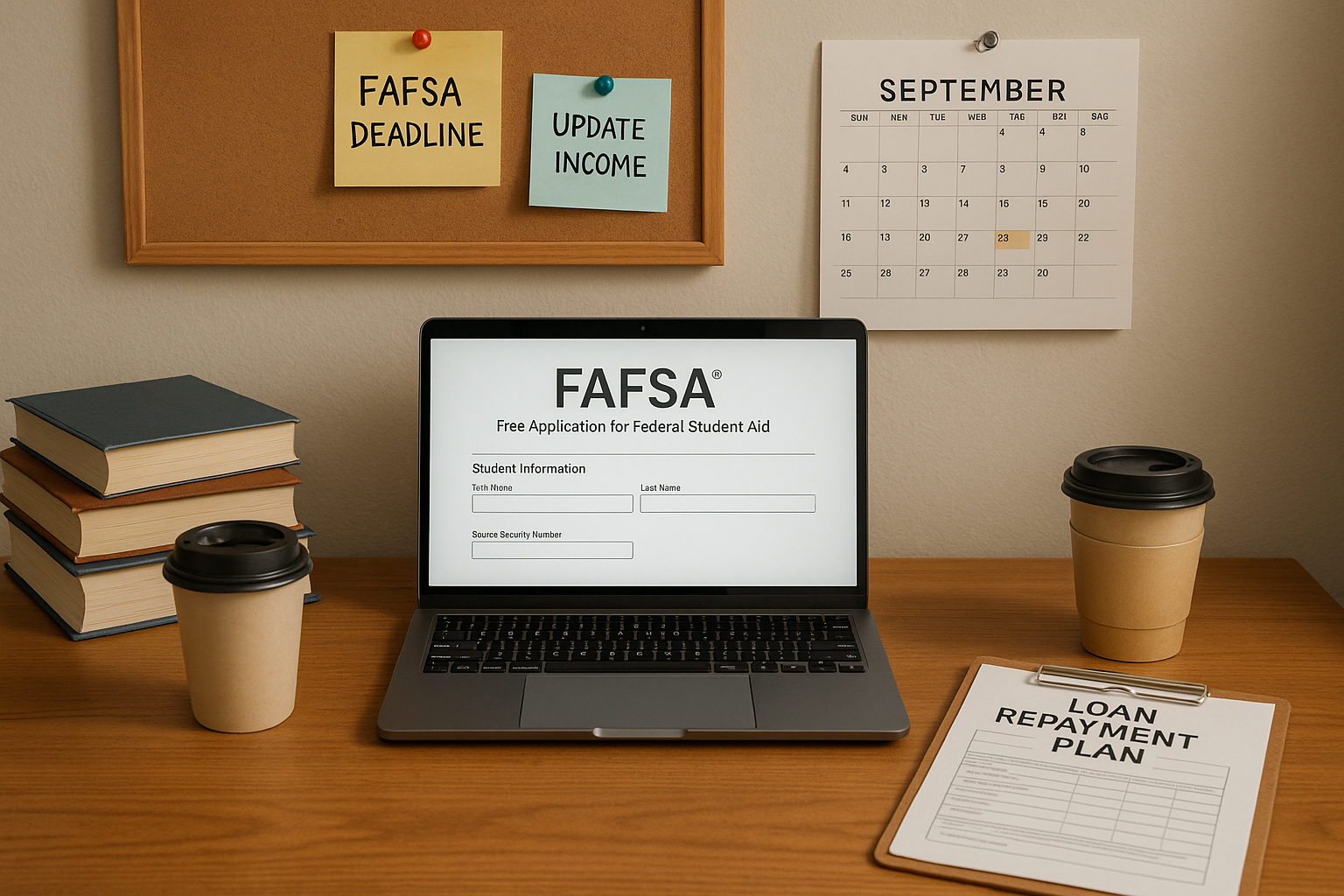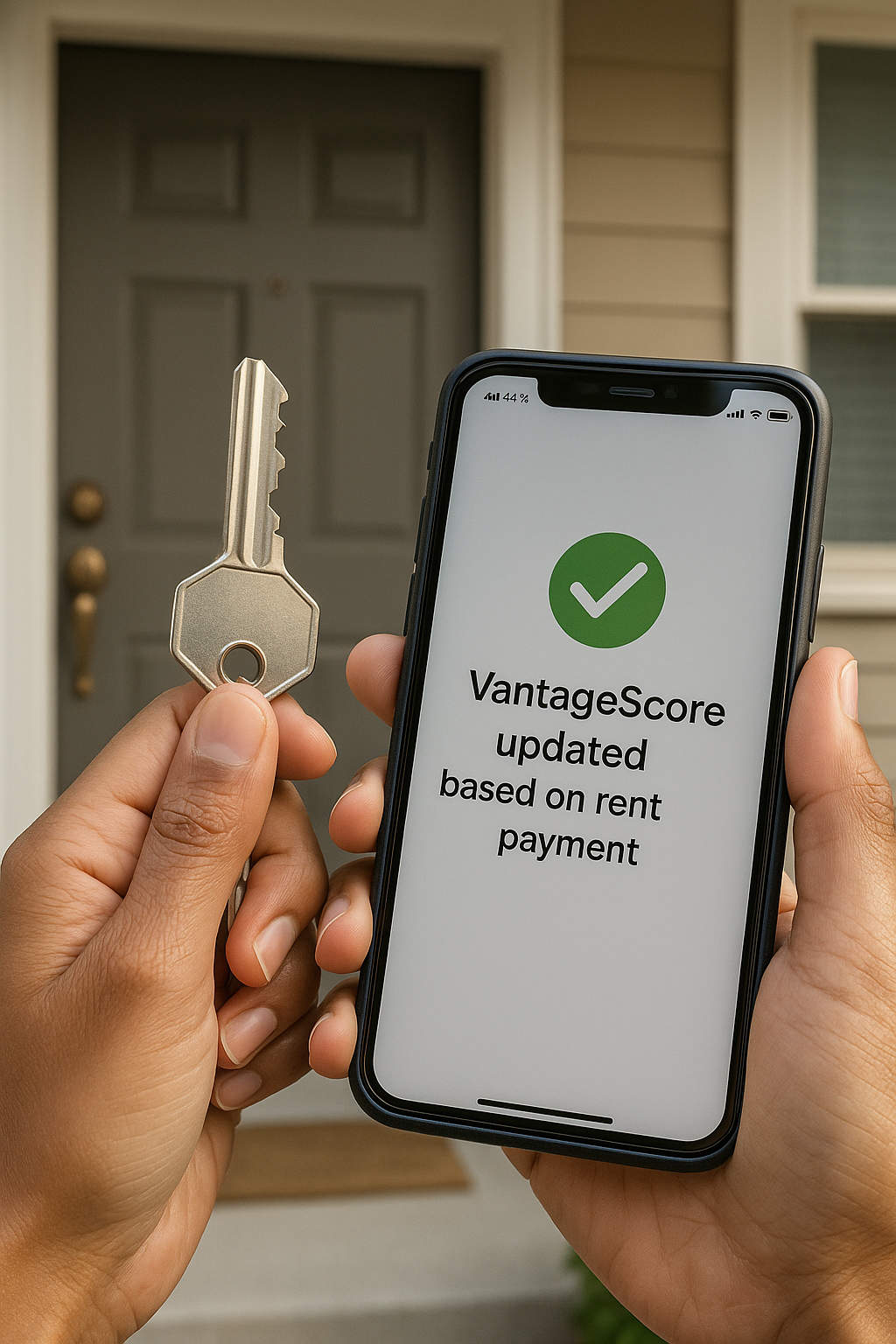
As young Latinos in the U.S., we often carry a unique blend of ambition, hustle, and responsibility. Many of us are diving into professional life while also navigating the complexities of personal finance for the first time. For those of us earning through the gig economy (driving, freelancing, creating content, or contracting) that journey comes with its own set of challenges, mainly an unpredictable paycheck.
But that flexibility and freedom of the gig life is a powerful tool, one that many in our community embrace. Did you know that Latinos have the highest rate of entrepreneurship and are overrepresented in the contingent (gig) workforce compared to the general population in the U.S. (Pew Research Center and Federal Reserve Bank of Dallas)? This means we’re already experts in hard work and making things happen. Now, let’s talk about converting that grit into lasting financial stability.
A solid financial safety net is the foundation that allows us to dream bigger and stress less. It’s our shield against the unexpected.
Step 1: Establish Your Core Emergency Fund
When your income ebbs and flows, the first priority is securing your base. We need a pool of cash we can tap into only for true emergencies, like a medical bill, a car repair, or a slow work month.
- Calculate Your Baseline: Figure out exactly how much money you need to cover all your essential monthly expenses: rent/mortgage, minimum debt payments, groceries, utilities, and insurance. This number is your initial savings target.
- Start Small, Dream Big: Your first goal is to save one month’s worth of living expenses. Once you hit that, don’t stop. Aim to build it up to three to six months of living expenses.
- Automate When You Can: If your income allows for a predictable transfer, set it up. If not, make a pact with yourself to check your balances every week and move a percentage of every paycheck into savings manually.
Step 2: Tackle High-Interest Debt
For many of us, navigating debt is part of the financial reality in the U.S. It can feel like a heavy weight, especially for Latinos, who often face significant student loan and consumer debt (Brookings Institution). But we can get ahead of it. Paying off debt is a powerful way to free up future income and strengthen your overall financial profile.
- Identify Your Debt: List all your debts: credit cards, personal loans, car payments, and note the interest rate for each one.
- Prioritize the Highest Rate: Focus your extra payments (anything over the minimum) on the debt with the highest interest rate. This is often credit card debt. Why? Because the higher the rate, the more money it costs you over time. By eliminating it first, you save the most money and speed up your journey to being debt-free.
- Never Miss a Payment: Consistently making on-time payments, even if they are just the minimum, is the foundation for building strong credit history – a crucial asset for our future goals, like buying a home.
Step 3: Plan for Our Future, Together
With a safety net forming and debt under control, we can focus on what’s next for us. As gig workers, we don’t have employer-matched 401(k)s, so we have to be proactive about saving for our long-term goals.
- Designate Your “Future” Money: Set aside savings for events you know are coming. Maybe it’s a down payment on a house, a much-needed vacation, or even just the holiday season. By saving in advance, we avoid taking on new debt to pay for these important moments.
- Capitalize on “Windfalls”: Did you get a larger-than-expected tax refund, a bonus from a client, or a big tip? This is “found money”: funds you weren’t relying on for day-to-day life. Instead of spending it, move a significant chunk immediately into your savings or long-term investment accounts. You won’t feel the pinch, and you’ll accelerate your goals.
- Track Your Income: Keep a simple, clear record of your monthly earnings. This helps you identify your high-revenue months. When those months come around, intentionally save more. The extra funds saved during a busy period can be the literal safety net that gets you through a slow one.
Building a financial safety net is not an overnight task; it’s a series of small, intentional moves. By focusing on these three steps, we are taking control of our flexible income and building a stronger financial future for ourselves and our familia.
👉 Ask Gabi, the “judgment free zone” for all of your financial questions!
Stay tuned! We got you!






